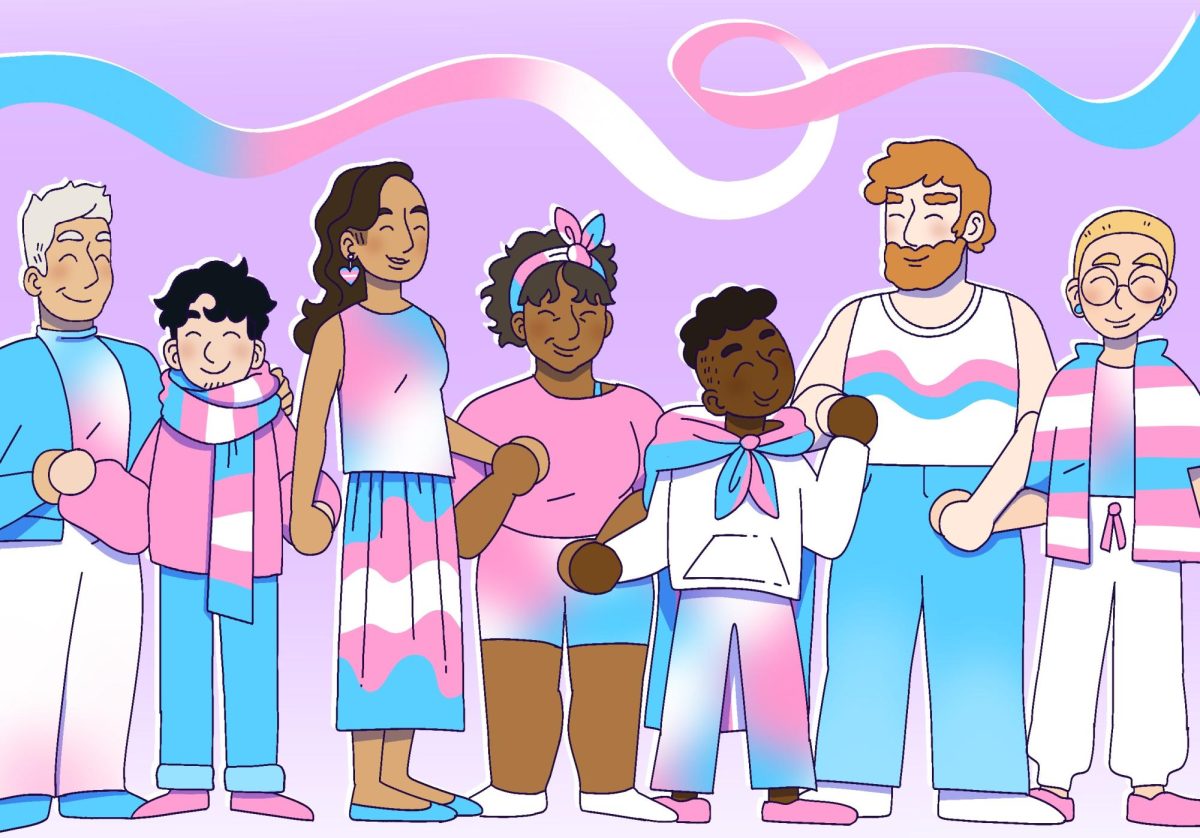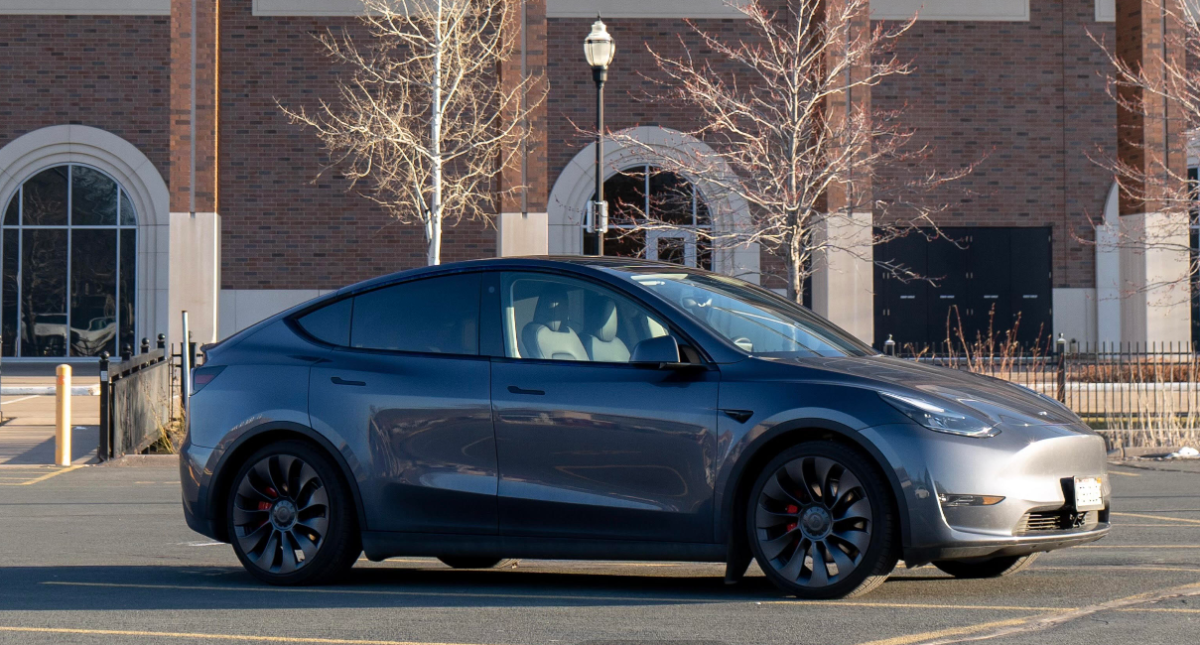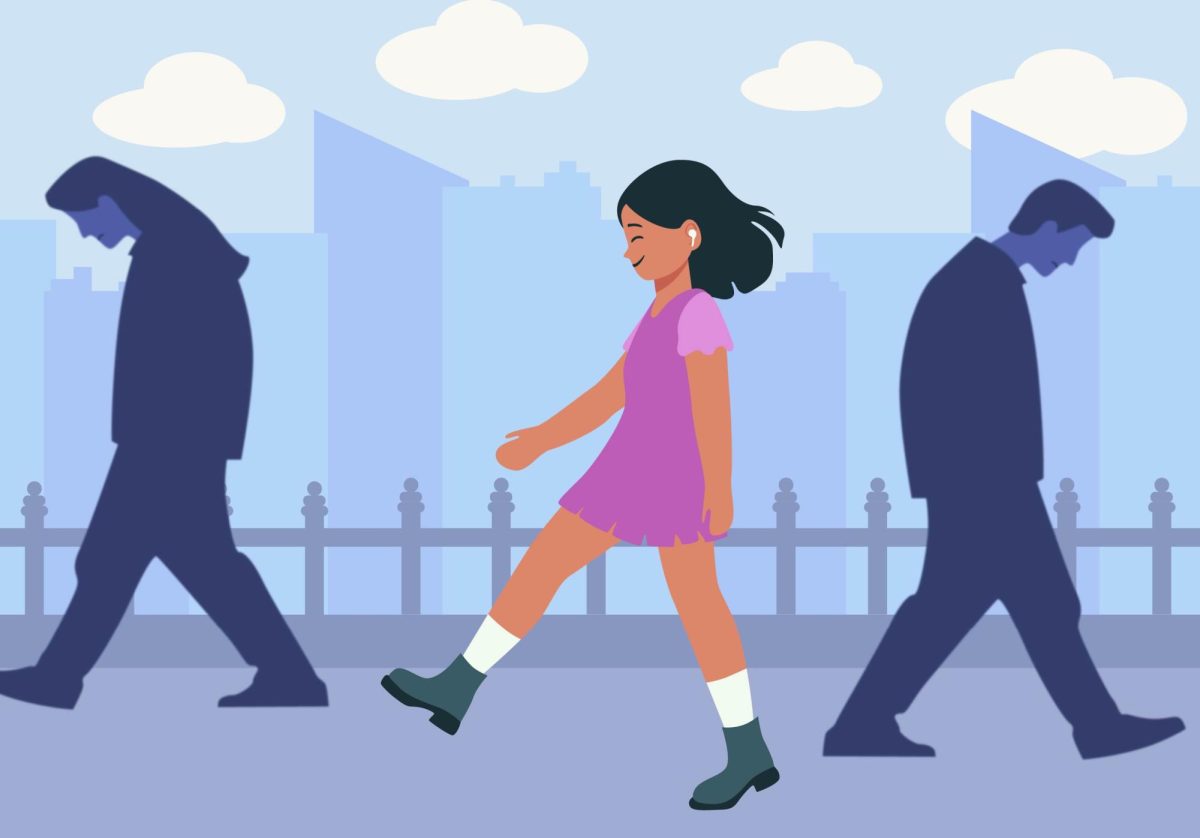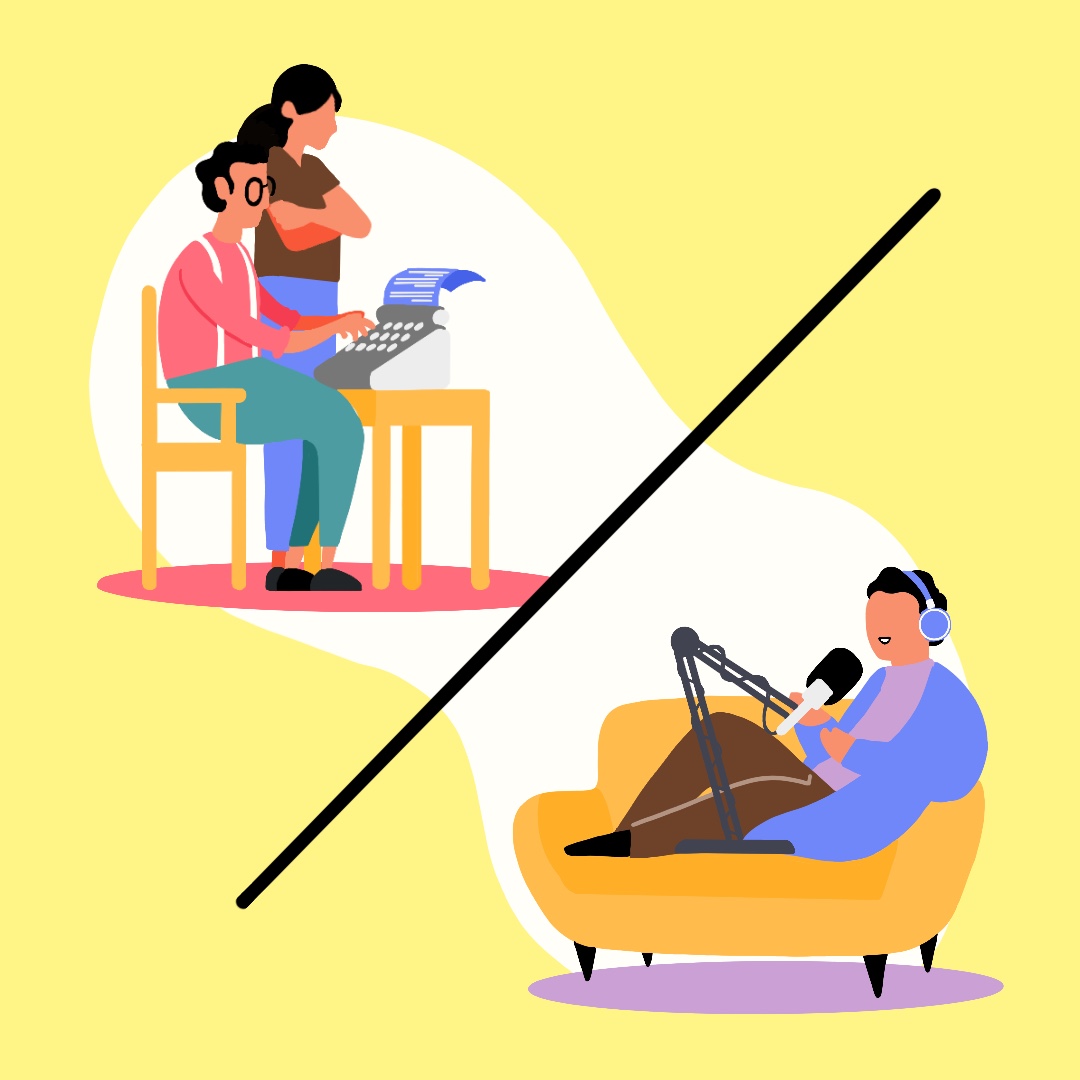When he was a student at the University of Minnesota, José Antonio Zayas Cabán had to walk across Interstate 94 every day to get to campus.
Now, as executive director of Our Streets Minneapolis, he is advocating for a bold solution.
“The Twin Cities Boulevard Project is a vision to propose the removal of Interstate 94 and replacing it with a multi-model boulevard,” Zayas Cabán said.
The interstate was constructed in the 1960s with funding from the Federal-Aid Highway Act of 1956. The highway reaches from Montana to Michigan, cutting through Minnesota in the process. In the Twin Cities, it runs directly between downtown Minneapolis and St. Paul.
This section of the highway was constructed by destroying homes and cutting through neighborhoods. Rondo, a historically Black neighborhood in St. Paul, was split in half by the new infrastructure. Seven hundred family homes and three hundred businesses were destroyed.
The effects of this construction are still felt today.
Today, the community organization ReConnect Rondo estimates that the construction of I-94 has contributed to an intergenerational wealth gap in the community of at least $157 million by 2018. This number represents the equity in homes that were razed for the construction of the highway and therefore could not be passed down to the descendants of Rondo’s homeowners.
Now nearly 60 years later, this stretch of I-94 that cuts through the Twin Cities is aging. The time has come to repair it, expand it or remove it.
In 2015, Charles Zelle, commissioner of the Minnesota Department of Transportation (MnDOT), publicly acknowledged the harm that had been caused through the construction of the highway. He announced the Rethinking I-94 project, which intended to engage with communities in a 15-mile stretch of the highway between the Twin Cities in order to determine a way forward.
“This Rethinking I-94 project is a once-in-a-multiple-generation opportunity to reconsider this infrastructure,” said Alex Burns, advocacy and policy manager for Our Streets Minneapolis. “And for the first time since the freeway was built, now we have to figure out if we want to rebuild it, change it, remove it.”
Though it is yet to be publicly scheduled online, MnDOT will be holding a meeting on July 17 to share proposals for potential alterations to the highway, Burns said.
“For the first time, we’re going to see what MnDOT is proposing,” Burns said. “We think it’s likely that they propose a full spectrum of options from expanding the highway, making it bigger, to rebuilding it as it is, to reducing the size of it and then also removing it or replacing it with the boulevard.”
The Twin Cities Boulevard Vision comes from Our Streets Minneapolis.
The proposal calls for the highway trench to be filled in and raised to street level, where homes, businesses, parks and public transit and bicycling infrastructure could be built. Roads for vehicles would remain, but the plan prioritizes pedestrian movement and community connection.
The Twin Cities Boulevard Vision also includes recommendations for ensuring development and investment are carried out equitably and according to the needs and guidance of community members.
The bold proposal was developed through extensive research and community outreach. Our Streets Minneapolis has knocked on more than 30,000 doors in the neighborhoods lining the project’s boundaries.
“That’s 30,000 more than MnDOT has,” Burns said.
Though the Rethinking I-94 project is a long-term one, the needs of the almost 750,000 people living in the neighborhoods along the highway feel urgent.
Air pollution in the communities in the Rethinking I-94 project corridor is nearly three times worse than what the Minnesota Pollution Control Agency deems unhealthy. The air quality in the area has led to increased rates of asthma hospitalization and decreased life expectancy.
Living near a roadway can lead to an increased risk of cancer, cardiovascular conditions and respiratory diseases. Noise pollution from traffic is also associated with stress, anxiety and hearing loss.
“People who live in the community surrounding the highways suffer from the highest health impacts and some of the worst economic impacts,” Zayas Cabán said.
Many living in close proximity to the highway are low-income. More than one in four households within the Rethinking I-94 project corridor do not have access to a car. In these neighborhoods, the average household income is 25% less than the average in Minneapolis and St. Paul.
A critical message of the boulevard vision and its development is the need for alternate ideas for the future.
“They don’t have to live with the highway in the future,” Zayas Cabán said, referring to the residents along the interstate. “There are other ways to move forward.”
Though MnDOT will not share proposals until the meeting on July 17, there is another community proposal on the radar.
ReConnect Rondo, the community organization in the neighborhood bisected by the highway’s initial construction, proposes a land bridge.
The highway would remain intact, capped by a lid that reconnects the streets now divided by I-94. Cars would continue to travel through, effectively, a tunnel beneath a reunited Rondo neighborhood that boasts businesses, homes and renewed economic vitality.
Because the land bridge would leave the highway in place, its air and noise pollution in the area would continue.
“While some of the mitigation is addressed by developing the area on top of a land bridge, the health impacts would remain intact,” Zayas Cabán said. “If we’re really going to acknowledge these harms, we have to go just as far as other communities have enjoyed. The highway has to be removed and people should have the opportunity to decide what to do with the land. Leaving the highway in place and covering it up is asking people to live with less.”
Still, the group is open to other options. While advocating for the boulevard proposal, Burns stressed the priority is moving forward, together toward a collaborative solution.
“We’ve talked with other people that had creative ideas for keeping part of the trench in or having grade-separated transit below it. And those are the ideas that we want to see the community continue to bring to the table,” Burns said. “We welcome different ideas. We don’t feel like we have all the options.”
The scale of the boulevard vision goes beyond bold. For highway loyalists or devoted commuters, it could be seen as heretical. But the proposal’s high hopes are exactly what the situation demands. Righting both historical wrongs and present injustices demands investment and commitment to serious changes.
Until MnDOT’s proposals are released at the meeting on July 17, the boulevard remains our best chance at that much-needed transformation.
“Self-determination, decolonization really requires us to think deeply about removing the infrastructure and giving people the opportunity to imagine how to use that land themselves for themselves and to their own benefit,” Zayas Cabán said.














